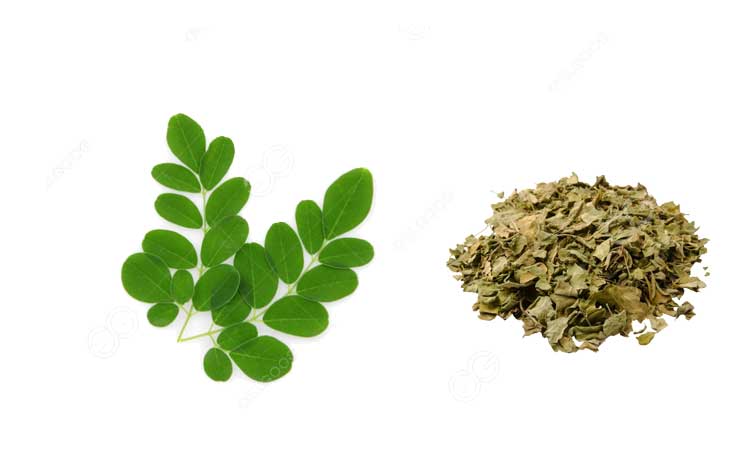Moringa leaves, often referred to as the “Miracle tree” Due to their numerous health benefits, are gaining popularity worldwide. Whether you grow your own moringa trees or purchase fresh leaves, one of the essential steps in preserving their nutritional value is drying. While traditional methods have been used for centuries, the use of professional moringa leaf drying equipment has emerged as a viable and efficient alternative. In this article, we will explore the pros and cons of both approaches to help you decide what’s the best way to dry moringa leaves for your needs.
Traditional drying methods
Sun drying:
Sun drying is the most common traditional method. Moringa leaves are spread out in a single layer on clean mats or trays and left to dry under the sun. This method is straightforward and cost-effective.
Pros:
- Low cost, as it requires no special equipment.
- Environmentally friendly.
Cons:
- Weather-dependent; not suitable for rainy or cloudy days.
- Slower drying process, which may lead to loss of some nutrients.
- Susceptible to contamination from dust, insects, and birds.
Shade drying:
Shade drying involves placing moringa leaves in a shaded, well-ventilated area. This method is often chosen when sun drying is not feasible.
Pros:
- Suitable for areas with limited sunlight.
- Slower drying preserves some nutrients.
Cons:
- Takes longer compared to sun drying.
- Requires a well-ventilated space.
- May not eliminate the risk of contamination entirely.
Drying machine
Commercial dehydrators are specifically designed for drying various foods, including moringa leaves. They provide a controlled environment with consistent temperature and airflow.
Pros:
- Faster drying process, preserving more nutrients.
- Controlled environment reduces the risk of contamination.
- Suitable for any weather conditions.
Cons:
- Initial investment in equipment cost.
- May consume electricity.
Microwave drying:
Microwave drying equipment is efficient and quick. It utilizes microwave radiation to remove moisture from moringa leaves.
Pros:
- Rapid drying process, maintaining high nutritional content.
- Precise control of drying time and temperature.
Cons:
- Requires specialized equipment.
- Initial cost investment.
- Careful monitoring is essential to prevent overheating.
The choice between traditional methods and professional moringa leaf drying equipment depends on your specific circumstances and priorities. If you have access to ample sunlight and are on a budget, traditional methods like sun or shade drying can be suitable. However, if you want to maximize nutrient retention, minimize contamination risks, and speed up the drying process, investing in professional equipment like dehydrators or microwave drying machines may be the best choice.
Ultimately, the best way to dry moringa leaves is the method that aligns with your resources, goals, and available space. Regardless of the approach you choose, proper drying is crucial to preserve the remarkable health benefits of moringa leaves for long-term use.
